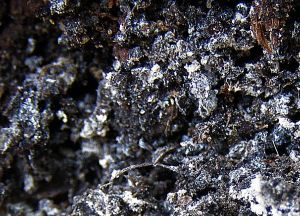if you can it helps a lot to let the compost sit and "cure" before use. meaning just stick it in a pile or bin with holes to rest and balance out for a week or two.
from that last picture, that's what id be using as worm bedding. i bet they go nuts over that stuff and turn it into some great castings.
from that last picture, that's what id be using as worm bedding. i bet they go nuts over that stuff and turn it into some great castings.








